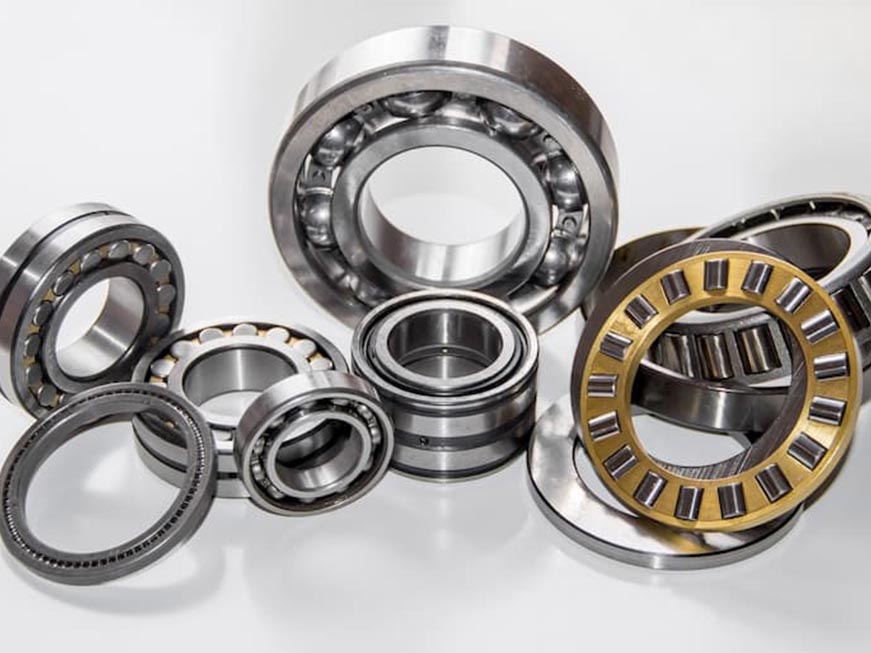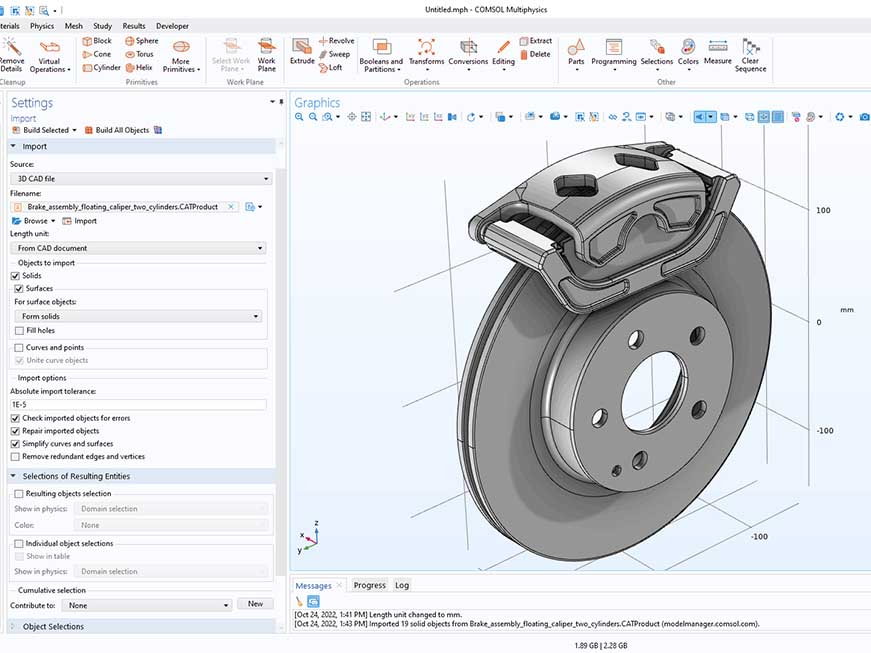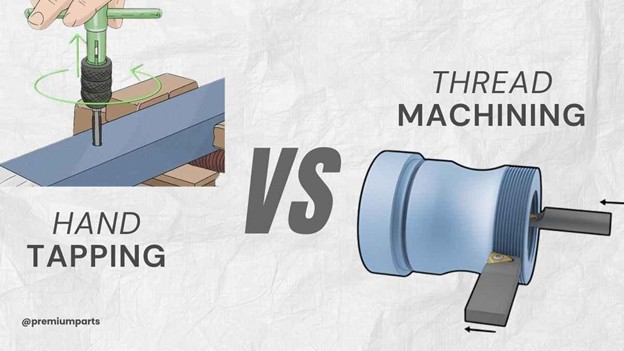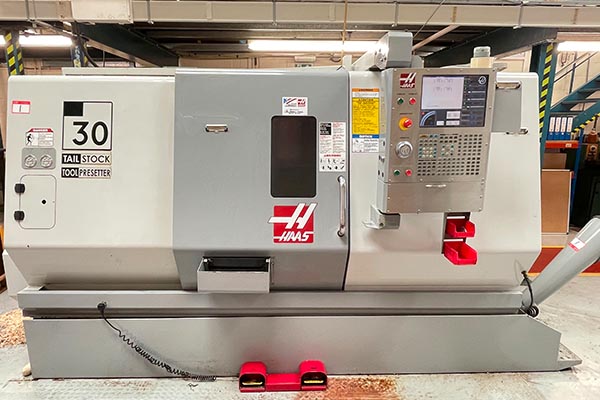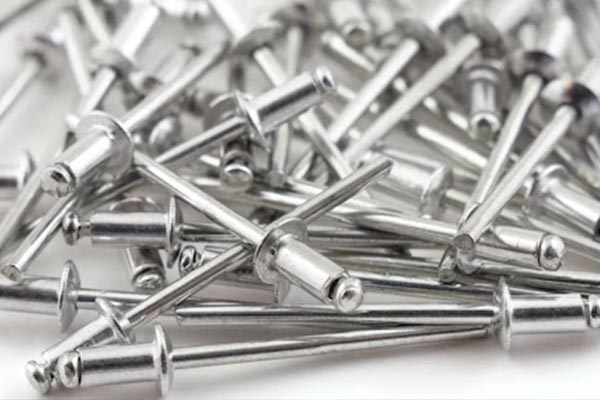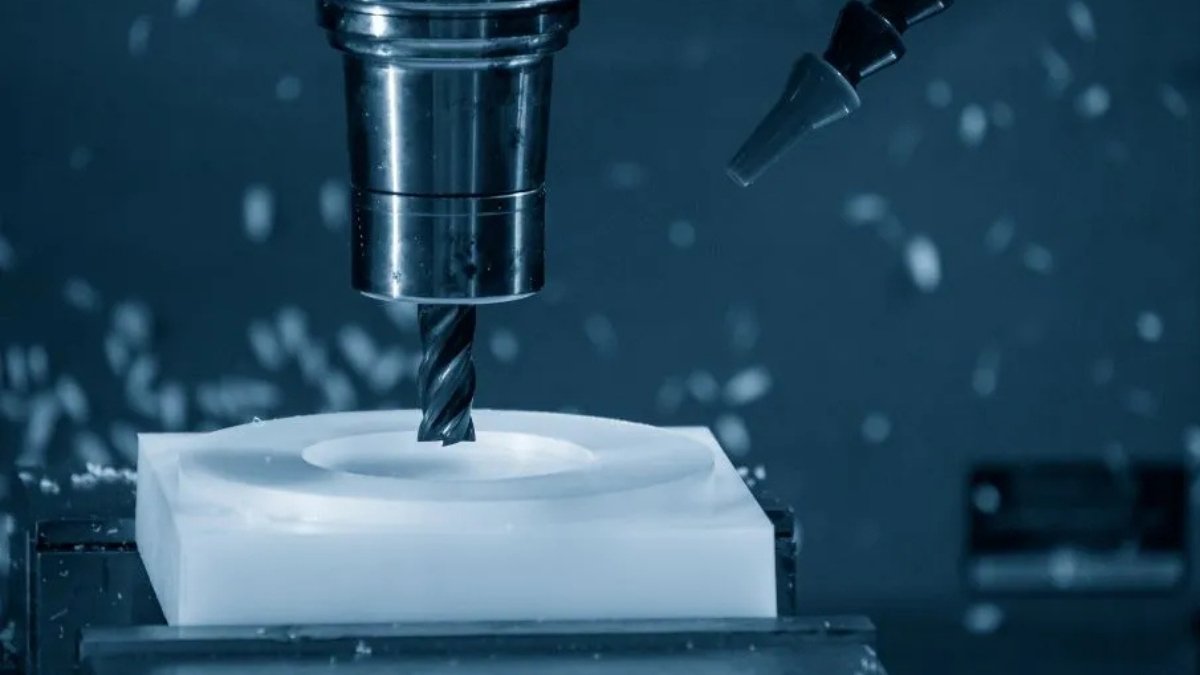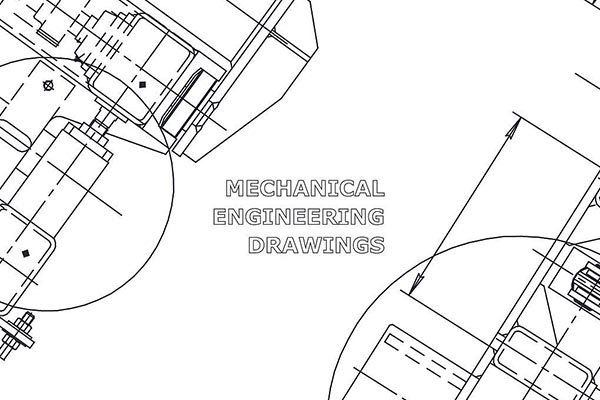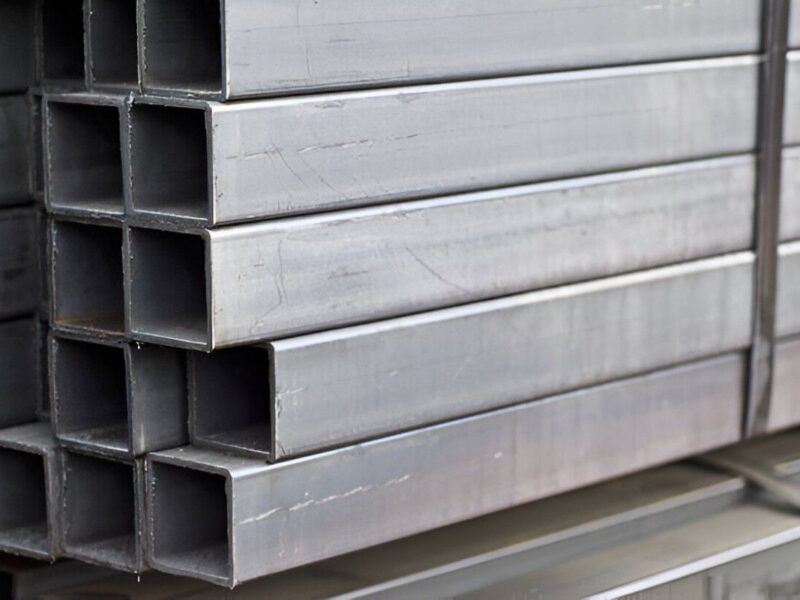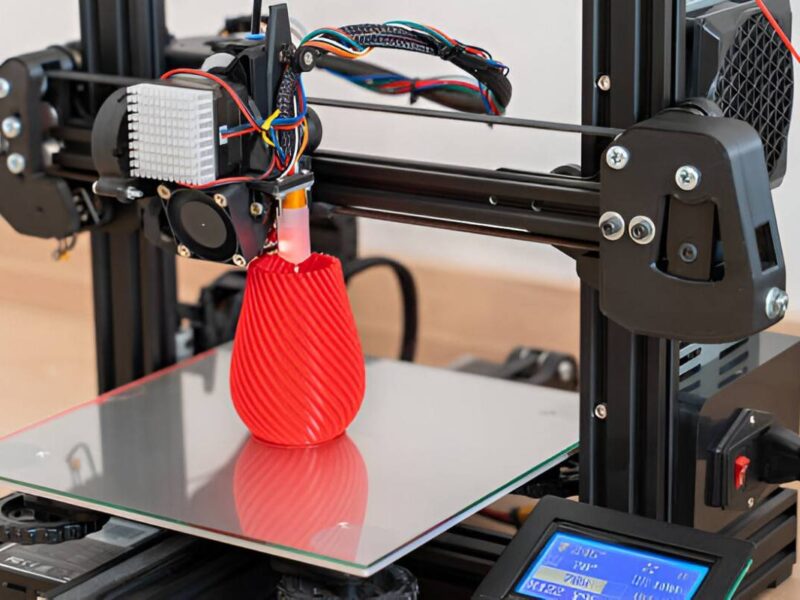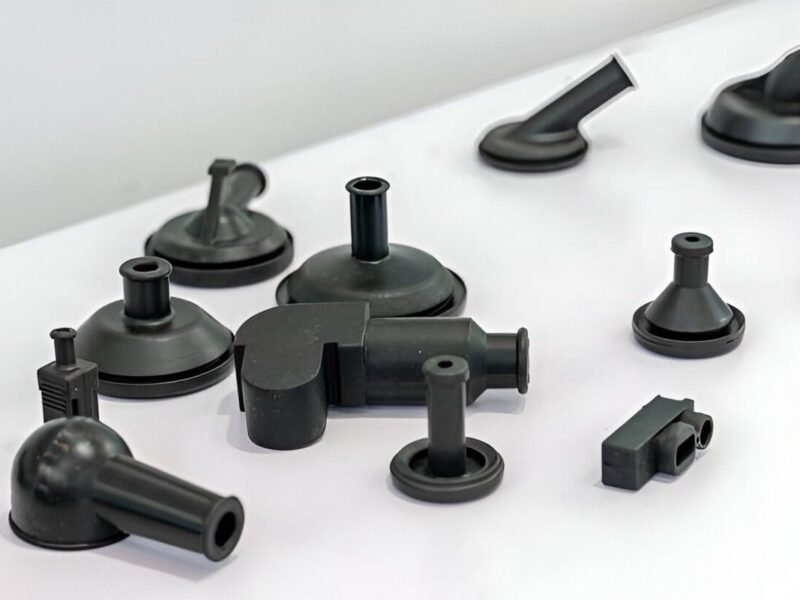Electro Galvanizing is a surface finishing treatment. It is typically applied to steel parts, products, or components. It is used when parts need forming after coating. The process provides corrosion protection without disrupting edge integrity or part geometry. Therefore, it fits right for press lines, panel weldments, and bent flanges.
In production lines, electrogalvanizing supports parts that need tight surface control. It allows manufacturers to avoid spatter, flaking off, or thick buildup. Because, zinc applies uniformly across edges, curves, and recessed cuts.
In addition, it’s often chosen when downstream coating or bonding matters. You get firm bonding for powder coat, e-coat, or structural adhesives. This reliability saves you cost and rework during final assembly or inspection.
In this article, we will walk you through where electro-galvanizing performs best. Further, we’ll break down the process steps and benefits. You’ll also see how it compares to other surface treatments. So, keep on reading.
What Is Electro Galvanizing?
Electro Galvanizing deploys an electric current to deposit a uniform zinc layer. The steel sheet passes through a zinc-based electrolyte bath under direct current. This ensures uniform zinc bonding without obstructing substrate geometry and mechanical strength.
The process is optimized for environments where dimensional tolerance cannot shift. Coating thickness stays consistent across flat sections, draw edges, and punched holes. Besides, it allows you to retain formability, surface bonding, and paint readiness across large volumes of production.
Compared to heating methods, electro-galvanizing avoids grain and heat-induced distortion. It’s preferred for stamped enclosures, automotive panels, and electrical housings where coating quality affects downstream yield.
Process of Electro Galvanizing
Electro galvanizing follows a continuous, multi-step process. Each stage is designed to prepare, coat, and protect steel without altering its form. Here is a practical breakdown of how this process runs in modern production facilities.
Surface Cleaning
The process starts with a thorough surface cleaning. Oils, rolling residues, and light oxides are removed by alkaline and electrolytic cleaners. It is imperative to clean steel beforehand; otherwise, the current flow will be inhibited and zinc adhesion undermined.
Acid Pickling
Next, the steel passes on to an acid pickling line. This clears away residual oxides and energises the surface. In its non-activated state, zinc will not bond uniformly, particularly around edges or cast parts.
Zinc Plating
Now the steel enters the plating bath. A direct current passes through the electrolyte to allow zinc deposits on the surface. The layer thickness is controlled by the line speed and current density. The gaol is a uniform, thin layer that is capable of forming and coating.
Rinsing and Neutralizing
The surface is washed after plating to stop any further reactions. Leftover acids are neutralized, and pH is balanced using neutralizing agents.
Post-Treatment
In the last step, a passivation layer is applied. It adds fingerprint resistance and longer shelf life. On painted surfaces, this layer improves the quality finish and primer bonding. It is the last safeguard before parts move downstream.
Electro-Galvanizing vs Hot-Dipped Galvanizing: Key Differences
Choosing between electro-galvanizing and hot-dip isn’t just about corrosion protection;
It’s about how the coating behaves across your entire process. Here are the distinct aspects that affect forming, coating, and part performance.
Precision vs. Bulk Protection
Electro-galvanizing gives you more control. You can apply zinc in a clean, even layer that won’t bend formed parts without affecting their tolerances. It is critical in thin-gauge steel work, punched shapes, and high-speed stampings.
On the other hand, hot dip galvanizing relatively adds a thickener layer, and introduces heat. That means warping, uneven buildup up or clogged holes, all of which compromize assembly fit and after machining processes.
When your parts go directly to painting or to fit-critical assembly, electro-galvanizing leaves you in spec without the need to secondarily clean up.
Coating Behavior in Finishing Lines
With electro-galvanized steel, your paint line runs more predictably. The uniform and smooth surface has good affinity with e-coat, powder, or structural adhesives. There will be no need to use abrasive surface cleaning and additional primer.
While hot-dipped components may get you behind. The coarser surface can oppose coating flow and can trap air. Some areas might need sanding, phosphating, or more bake cycles, which tend to increase your cycle time.
Therefore, If visual quality and downstream finish performance are critical, then electro-galvanizing provides you with a cleaner handoff to final processing.
Service Conditions and Corrosion Load
Hot-dip galvanizing outperforms well, and longer than raw steel outdoors. The dense zinc-iron alloy resists abrasion, salt spray, and mechanical wear. It’s commonly used in poles, grating, and structural framing.
The electro-galvanized parts are supportive. They perform reliably when used indoors or under paint. However, bare zinc coating in moist or hostile surroundings will degrade except it is post-treated or coated.
Benefits of Electro Galvanizing
Here are the common benefits of electro galvanizing that directly support forming, coating, and assembly operations.
- No Distortion from Thermal Exposure: The process runs cold, so part geometry stays uniform. You can avoid stress buildup in thin-gauge and stamped sections.
- Consistent Zinc Layer on Complex Surfaces: The coating covers holes, bends, and edges evenly. This reduces surface variation across high-speed forming operations.
- Optimum Bonding and Coating: Bonding and coating adhesives stick to the surface without additional preparations. This increased the finish quality and reduced paint line time.
- Post-coating forming without Flaking: The zinc layer remains intact during bends or shaping. So, you can form coated blanks without risk of coating failure.
- Fewer Defects and reduced line rework: The stable surface does not have visual and bonding/stickiness issues. Thus, you can keep scrap low and inspection times short on production floors.
Application of Electro Galvanizing
Electro galvanizing is applicable across many manufacturing settings. Below are common application areas where this process brings unique advantages.
Automotive Body and Structural Panels
Electro-galvanized steel has widespread use in automotive body parts. The fine, smooth finish helps in tight clearance and a clean finish of paint. Without surface defects, you are able to stamp, weld, and bond. Thus, it is suitable for inner panels, closures, and welded assemblies.
Electric Enclosures and Cabinets
Electro Galvanizing can be used on cabinets and electrical housings. Since the plain surface is not corrosive and paint-ready, so, you will end up with clean bends and sealed joints, which are not going to be cracked. Additionally, it helps ground as well as terminal cutouts with minimal preparation.
Appliance Housings and Covers
Appliance manufacturers use Electro Galvanizing in outer panels. It can support a quality finish on the high-speed press lines. Edges created do not delaminate regardless of zinc. In addition, the uniform coating supports downstream branding and powder coating compatibility.
Office Furniture and Filing Systems
Steel has extensive use in office systems. These systems require a clean surface. Electro galvanizing helps preserve sharp edges and smooth corners. There is no bubbling and an inconsistent coating of the paint. On top, it protects parts at the time of storage and complete assembly.
HVAC Components and Ductwork
When HVAC fabrication is done, the zinc-coated parts are required to be shaped without cracking. Through electro galvanizing, bends, cuts, and roll-forming are permitted. It protects against indoor corrosion without making the part too thick. The coating also performs when there is insulation or sealants.
Metal Ceilings and Architectural Panels
Electro-galvanized steel is heavily used in ceiling grids and wall panels. The thin coating supports precise bending and punched patterns. It holds paint well for decorative or functional aesthetics.
Final Verdict
Electro Galvanizing is a preferred choice when surface quality, dimensional control, and downstream compatibility are identical. It provides a balance between corrosion resistance and production efficiency without thermal stress and unpredictable buildup.
Additionally, the process supports reliable forming, neat finishing, and stable coating performance. That’s why it is widely adopted for stamped parts, appliance panels, or electrical enclosures. However, it is not an optimal choice for highly corrosive environments without topcoats.
Choosing electro galvanizing helps you maintain process flow and mitigate surface defects. It also meets finish requirements with minimal post-treatment. When done right, it becomes a dependable part of a lean, high-throughput production system.
FAQ’s
Q1: Can you spot weld electro-galvanized steel without surface prep?
Yes, electro galvanized steel can be spot welded in most applications. The thin, conductive zinc layer does not interfere with weld nugget formation. However, electrode wear may increase, so routine maintenance is advised.
Q2: How does electro galvanizing affect edge sharpness after forming?
The coating preserves edges during bending or punching. Since the zinc layer is thin and ductile. So, it doesn’t round corners or chip during post-coating forming operations.
Q3: Is electro-galvanized steel suitable for laser cutting?
Yes, it precisely handles laser cutting without generating excessive spatter. The zinc layer stays intact near the cut zone. Although edge oxidation should be managed with proper fume extraction and cut parameters.


